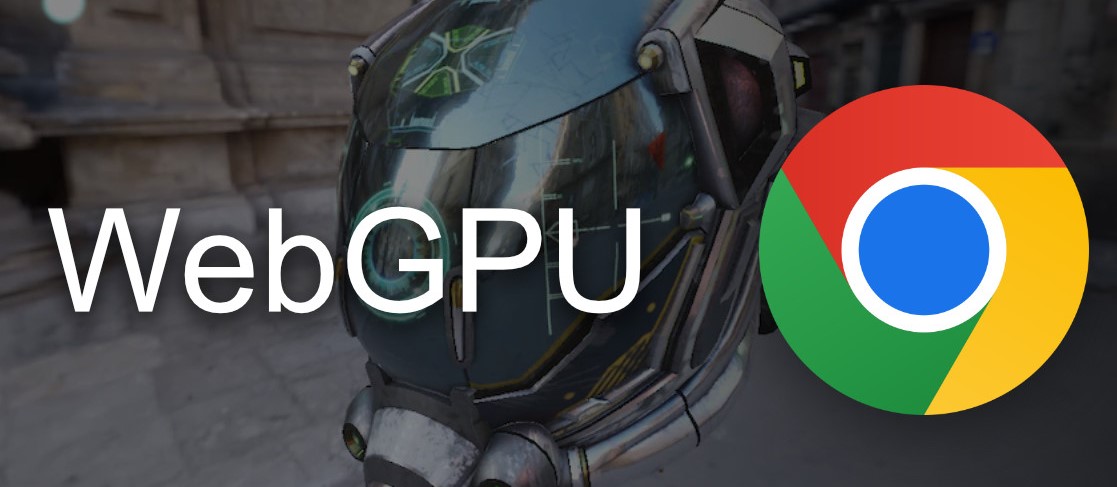WebGPU is an emerging technology that’s making waves in the world of web development and graphics rendering. It promises to revolutionize the way we harness the power of modern GPUs (Graphics Processing Units) in web applications. In this blog post, we’ll explore what WebGPU is, how it works, and its potential applications.
What is WebGPU?
WebGPU is an open standard and web API designed to provide low-level, high-performance access to GPUs for web applications. It’s a successor to WebGL, which allowed web developers to access GPU capabilities but had limitations, especially in terms of performance and flexibility. WebGPU aims to overcome these limitations by providing a more direct and efficient way to interact with GPUs.
How Does WebGPU Work?
WebGPU provides a low-level programming interface that allows developers to create and manage GPU resources, such as buffers and textures, and submit GPU commands directly from JavaScript code. It’s designed to be a more modern and efficient alternative to WebGL.
Here’s how WebGPU works:
- Device Creation: Developers start by creating a WebGPU device, which represents the GPU they want to work with.
- Resource Management: They can create and manage GPU resources like buffers, textures, and shaders.
- Command Submission: Developers submit commands to the GPU, such as drawing operations or compute tasks, using WebGPU’s command encoder.
- Execution: The GPU executes the submitted commands in parallel, providing high-performance graphics rendering and computation.
Key Features of WebGPU:
- Performance: WebGPU is designed for high-performance graphics and computation, making it suitable for tasks like gaming, simulations, and data visualization.
- Portability: It’s intended to work across different platforms and devices, ensuring a consistent experience for web users.
- Low-Level Control: WebGPU provides fine-grained control over GPU resources and commands, allowing developers to optimize their applications.
- Modern API: It’s designed with modern hardware and software practices in mind, making it more efficient and developer-friendly.
Unlocking Mobile Potential: The Power of Software Development Kits (SDKs)
Potential Applications:
WebGPU has the potential to transform a wide range of web applications and experiences:
- Web Gaming: Game developers can create high-quality, performant web games that rival native applications.
- Data Visualization: WebGPU enables real-time, GPU-accelerated data visualization, making complex datasets more accessible and interactive.
- Virtual Reality (VR) and Augmented Reality (AR): Immersive web experiences can leverage WebGPU for rendering 3D environments and objects.
- Scientific Simulations: Researchers can use WebGPU for scientific simulations, modeling, and data analysis within web applications.
- Artificial Intelligence: Machine learning models can benefit from GPU acceleration within web apps for tasks like image recognition and natural language processing.
Here are some FAQS based on WebGPU
- What is WebGPU used for?
- WebGPU is used for high-performance GPU acceleration in web applications. It enables tasks like gaming, data visualization, virtual reality, and scientific simulations to run efficiently in the browser.
- Is WebGPU replacing WebGL?
- WebGPU is not replacing WebGL but evolving alongside it. While WebGL provides a higher-level, more accessible graphics API, WebGPU offers a lower-level, more efficient alternative for developers who need advanced GPU capabilities.
- Is WebGPU ready yet?
- WebGPU is in active development, and its support is gradually rolling out in web browsers. While it’s not universally available yet, it’s gaining momentum and is expected to become a standard in the future.
- Is WebGPU the future?
- WebGPU represents a significant step forward in web graphics and GPU acceleration. It has the potential to shape the future of web development by enabling more powerful and immersive web experiences. However, its widespread adoption will depend on developer support and browser compatibility.
WebGPU is poised to be a game-changer in web development, offering developers a powerful tool to create visually stunning and performant web applications. As it becomes more widely adopted and integrated into web browsers, we can expect to see a new generation of web experiences that were previously only achievable through native applications. Stay tuned for exciting developments in the world of WebGPU!

